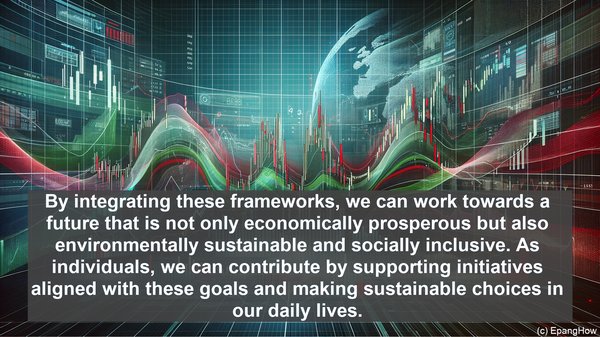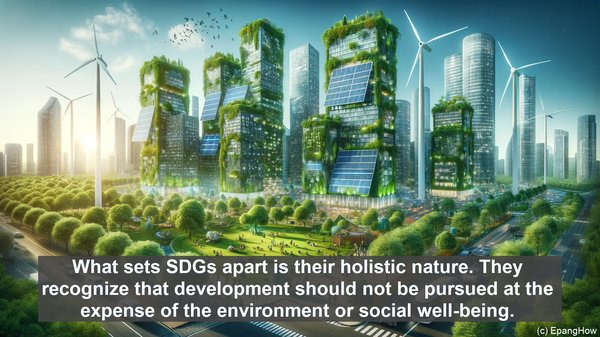Introduction: The Significance of Development Goals
Hello everyone! Welcome to our article on the distinction between sustainable development goals and economic development goals. Development goals are crucial for shaping the future of our planet. They serve as guiding principles for governments, organizations, and individuals, outlining the desired outcomes and the path to achieve them. Today, we’ll focus on two major types of development goals: sustainable development goals and economic development goals.

Sustainable Development Goals: A Holistic Approach
Sustainable development goals, often referred to as SDGs, are a set of 17 goals established by the United Nations. These goals encompass a wide range of interconnected issues, including poverty eradication, clean energy, gender equality, and climate action. What sets SDGs apart is their holistic nature. They recognize that development should not be pursued at the expense of the environment or social well-being. Instead, they emphasize the need for a balanced, inclusive, and sustainable approach.
Economic Development Goals: A Focus on Growth
On the other hand, economic development goals primarily concentrate on economic progress. They aim to enhance a nation’s GDP, create employment opportunities, and improve living standards. While economic development is undoubtedly crucial, it often centers around traditional indicators like income and output, which may not capture the full picture of well-being. This is where the comprehensive nature of sustainable development goals becomes significant.
The Interplay: How the Goals Connect
While sustainable development goals and economic development goals may seem distinct, they are not mutually exclusive. In fact, they can reinforce each other. For instance, investing in renewable energy not only addresses climate change (an SDG) but also creates job opportunities and fosters innovation (economic development goals). Similarly, promoting quality education (an SDG) can lead to a skilled workforce, driving economic growth. It’s this potential for synergy that makes the integration of the two frameworks essential.

Challenges and Trade-offs
However, it’s crucial to acknowledge that there can be challenges and trade-offs in pursuing both types of goals simultaneously. For instance, a policy that promotes economic growth may have environmental implications. Striking the right balance requires careful planning, stakeholder engagement, and the adoption of sustainable practices. It’s a complex task, but one that is essential for a resilient and equitable future.
